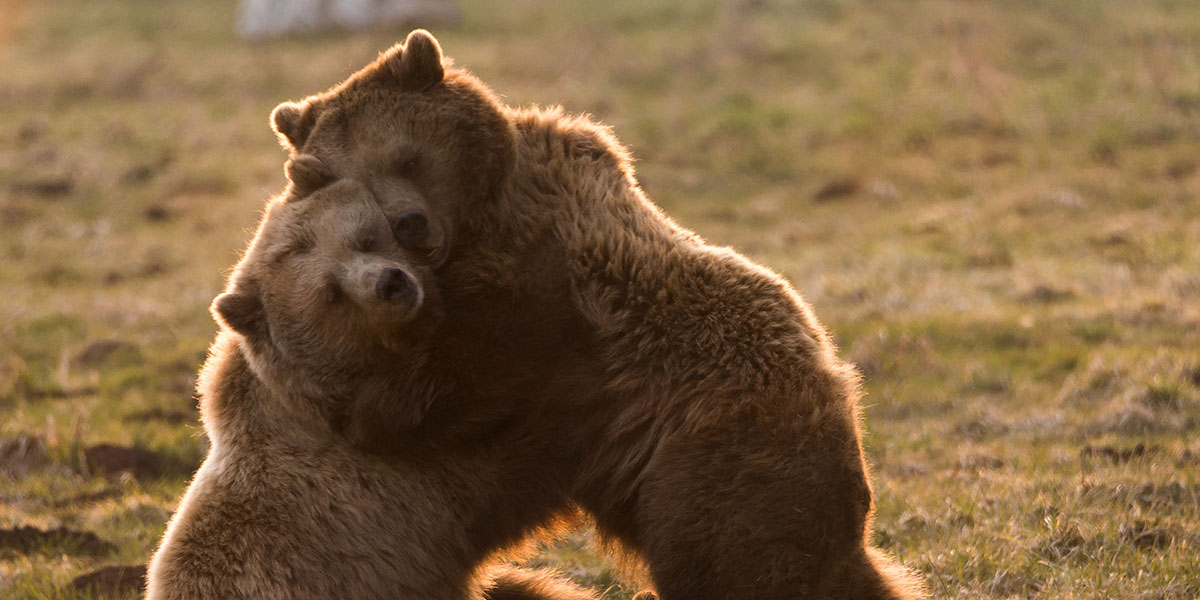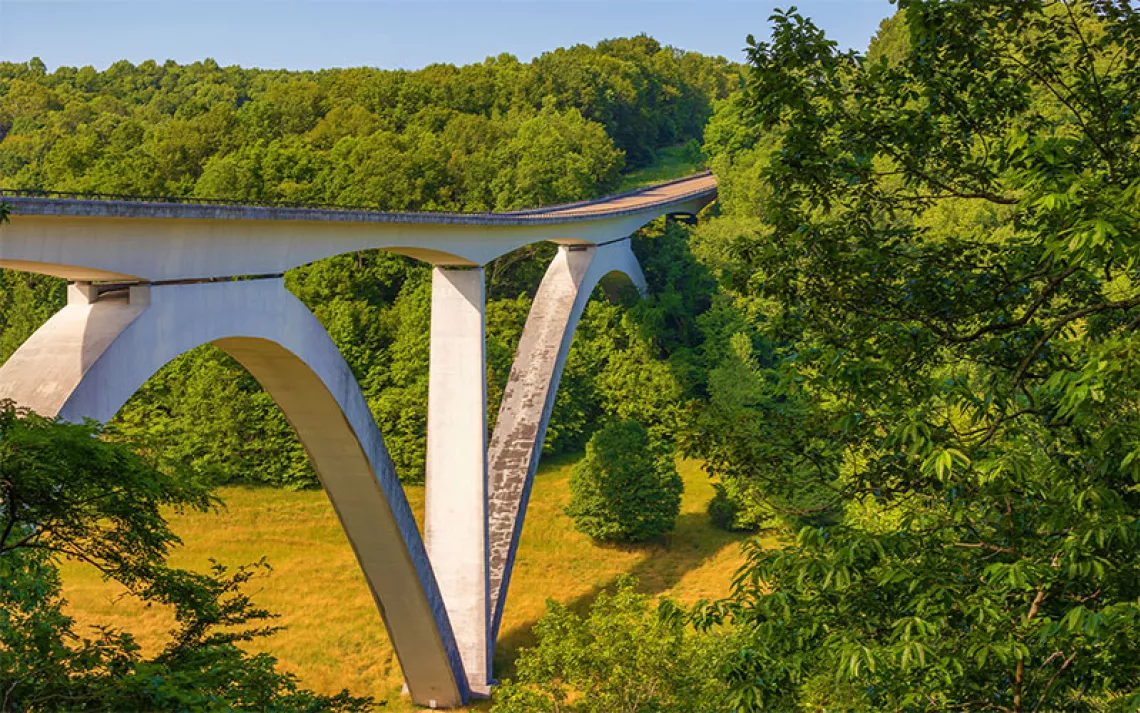How Can Parks Attract More POC Youth?
This hackathon starts by asking them

Photo by SantyPan/iStock
African American, Latino, and Asian voters support preserving and expanding access to national parks, even though they face significant barriers to using them. They also have far less access to wild spaces in general. In the western United States, nearly 84 percent of communities of color and 80 percent of low-income communities live in areas where the ratio of wild to developed space is lower than the state average.
The National Park Service has tried to change this reality a few ways: It founded an office of Relevancy, Diversity, and Inclusion to try and make parks more accessible. Federal programs like the Every Kid in a Park initiative are examples of this. But the Golden Gate National Recreation Area, established in 1972 by Congress, is particularly well-suited to court more diverse parkgoers. It’s the largest urban national park system in the country, in a region that is home to a large Latino and Asian population.
The GGNRA attracts a wider range of visitors than the average national park possibly due to its urban accessibility and access to public transit. But it still has its issues with visitation and representation, and people of color don't always feel welcome. Increasing diversity of staff and programs is in the GGNRA’s Interpretive Plan, but park staff are still not always representative of the communities they serve.
To that end, the Parks Youth Collaborative, a partnership between various organizations that serve youths in the GGNRA, settled on a very Bay Area solution: a hackathon. They put out a call for Bay Area young adults of color between the ages of 14 and 26 to “ideate and prototype mobile apps or websites that will further connect” youths much like themselves “to resources and opportunities in the GGNRA.”
The hackathon was held in a room with sweeping picture-window views of the Golden Gate Bridge and lavishly stocked with paper, pens, laptops, and refreshments (one of the rules of the event was to “practice self care” and for the youth, that meant lots of snack breaks). After the breakfast, the 30 participants split into teams based on issues the GGNRA wanted to improve access to, like education, career development, and health.
Every team had a mentor, most of whom were parks staff. But the groups themselves were run by the participants. Some of the participants were current members of the PYC’s youth advisory council (mostly alumni from various parks programs), but others were classmates of PYC youth council members, and a few had never even visited the Presidio. One of the participants, Lili, was both a PYC youth council member and a former member of the Teen Environmental Education Mentorship (TEEM) program, which trains youths to teach science to local schoolchildren visiting the parks. Her hope is that the hackathon results in more kids like her being “aware of the opportunities out here right in front of their faces.”
Several of the volunteers were Park Service employees scouting out ideas for their own projects, like the GGNRA app or a “Healthy People, Healthy Parks” public health app that is under development. The vice president of communications for the Golden Gate National Parks Conservancy was a mentor for one team, but his nametag didn’t announce his title—he was “flying under the radar,” he explained. PYC hoped to incorporate ideas developed at the hackathon into the upcoming revamp of its website, which it intends to be a portal for youth to learn about park jobs and programs for kids their age. The GGNRA has over 140 youth programs ranging from backpacking to camping groups to leadership initiatives, and part of PYC’s mission is to make sure a broader range of kids are learning about these programs.
“Young people sharing their ideas here, it’s definitely valuable for our portal. It might seem casual, but there’s a lot of information we can glean from this,” said PYC’s youth advisory council coordinator, Lalee Simeso. “There is an effort to let them lead and hear their voices and let them be part of the decision-making process.”
The first task of the day was “empathize.” Participants read articles about accessibility and looked at statistics about ethnic and income diversity in the park system. The education team talked about how important it had been to them to have mentors in school and at home who connected them to natural areas. One youth advisory council member described her mom as a combination cheerleader, chauffeur, and role model—without her, she would never have applied for and gotten internships, or been involved in park programs like PYC. For the career team, the conversation was more about the frustrations of not having a personal cheerleader/chauffeur to help them navigate opportunities to work in nature—it was hard to know even what opportunities were available. The health team talked about how nature had helped them deal with their own mental health struggles.
The conversations could easily have stretched hours, but one of the trademarks of a hackathon is time limits. A massive stopwatch projected onto a screen announced when it was time to switch tasks. There were only 30 minutes allotted for empathy before it was time to move on and define a specific problem for the group to solve.
As the teams discussed problems, one theme emerged—awareness. “Freshmen and sophomores ages 14 to 16 in high school need to be supported in finding opportunities for education in parks” concluded the health team. “Young men ages 14 to 17 need help learning about how to be fit because they don’t know where to start,” concluded the recreation team. The teams each wrote their problem statement on a massive notepad and displayed it to the room.
After a break for lunch, the groups began designing their apps. Unlike for many hackathons, no one was actually coding a demo—instead, they drew up schematics. Some used paper and markers; others used digital development tools. The careers group molded tinfoil over a large piece of cardboard to form a giant screen for their parks-specific job-boards app, with a QR code that could be placed onto physical bulletin boards that would direct visitors to the most recent job listings.

The health team designed an app called Park Stars that would suggest nearby park attractions based on location as well as transport options to reach them. Once users arrived at their destination, they could navigate check-in points and activities that would lead to rewards, like GGNRA water bottles or free movie tickets. Over time, the app would develop a profile of users and send them notifications. Emily, a high school sophomore and PYC youth advisor on the health team, got the idea from a feature on the Yelp app. “I went to one pasta restaurant, once, and now Yelp sends me messages every day with a different pasta place,” she said. “We should be using that for parks!”
Other groups, though, were just as focused at getting visitors to abandon their phones once they were in the park. “When I started with TEEM, we would go on these camping trips and outdoor experiences, and I wouldn’t use my phone as much," said Lili. She wanted to give the same freedom to future park visitors, even if it was technology that lured them there in the first place. “They have the phone to get there,” said Lili. “But then once they are there, they disconnect.”
 The Magazine of The Sierra Club
The Magazine of The Sierra Club



